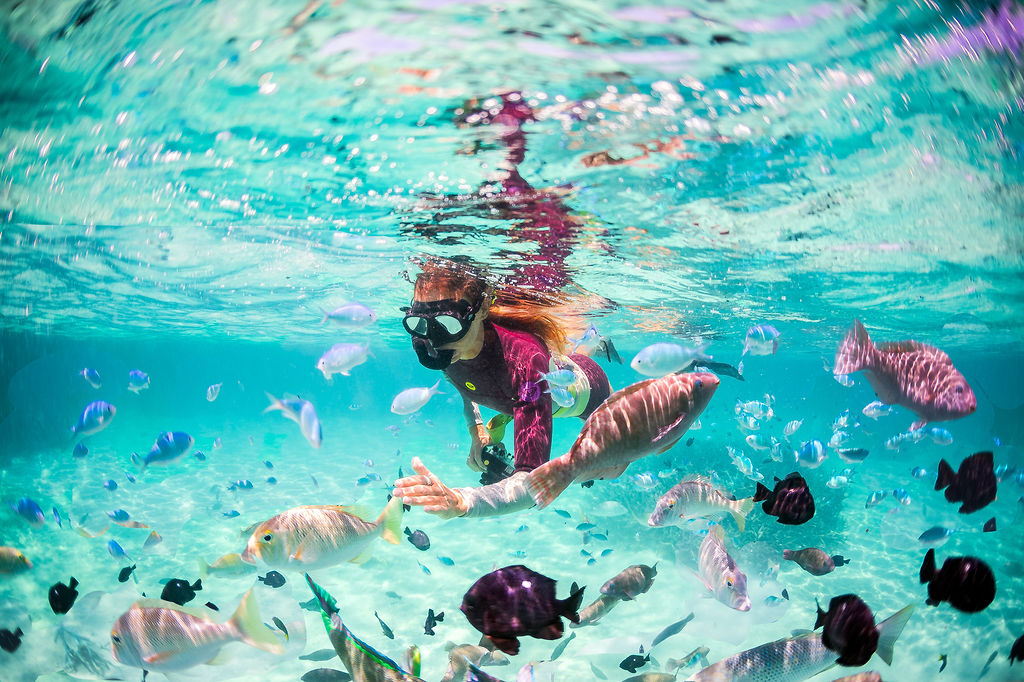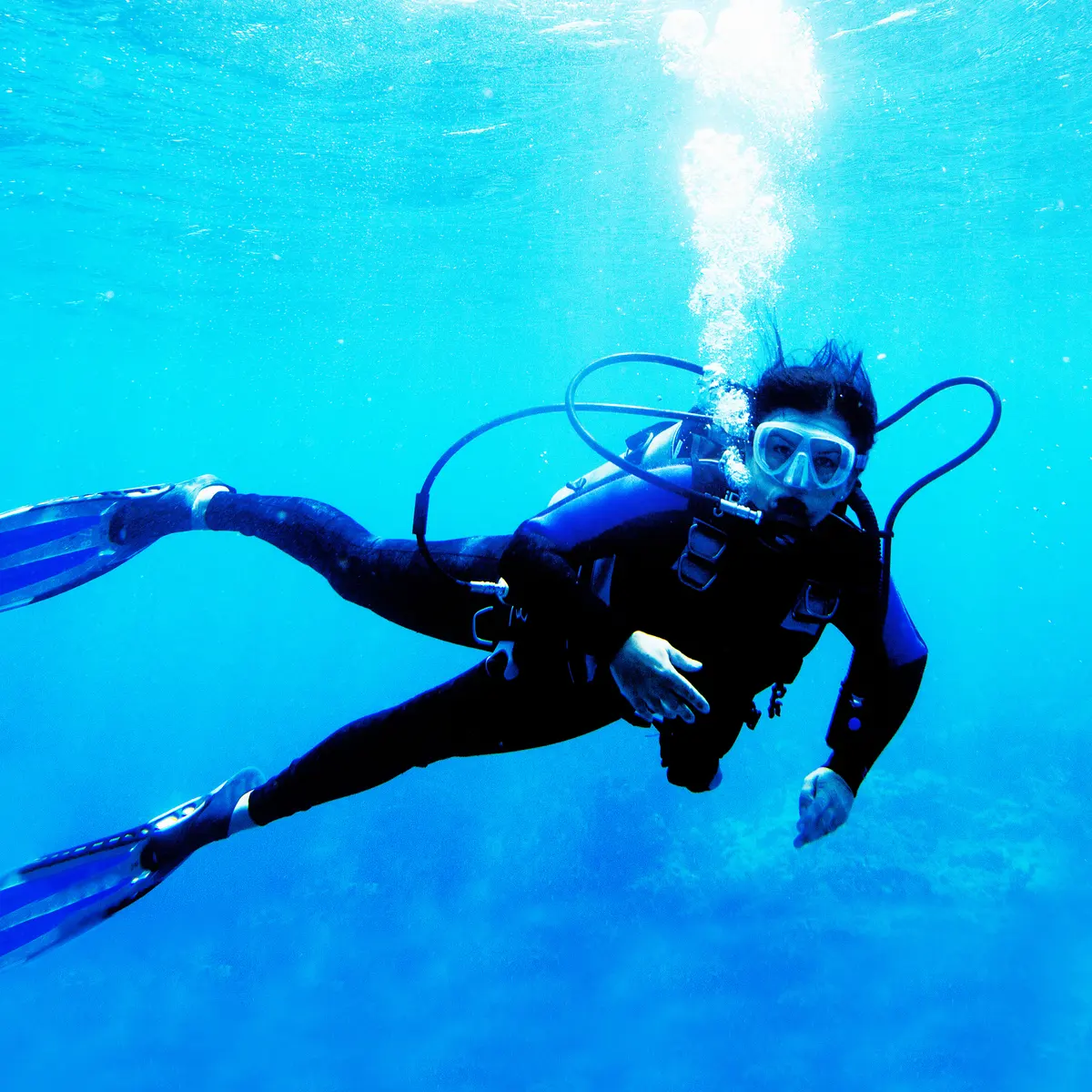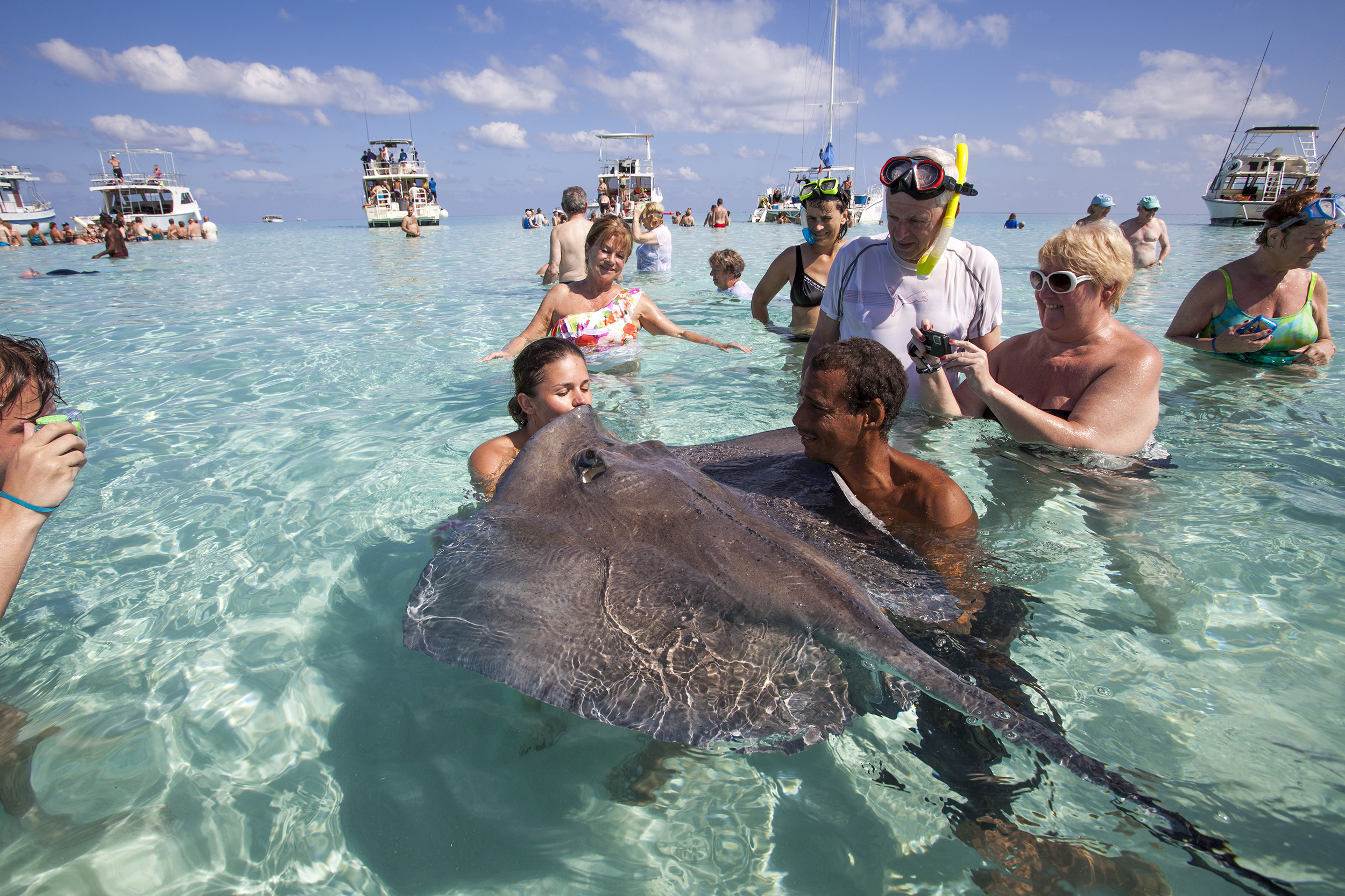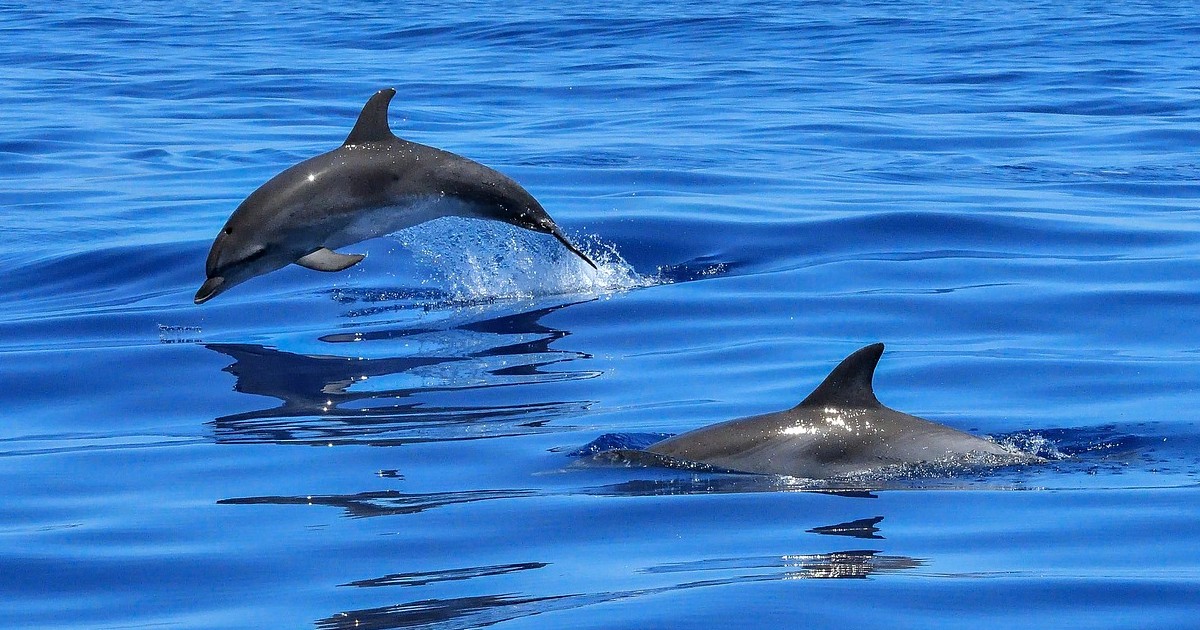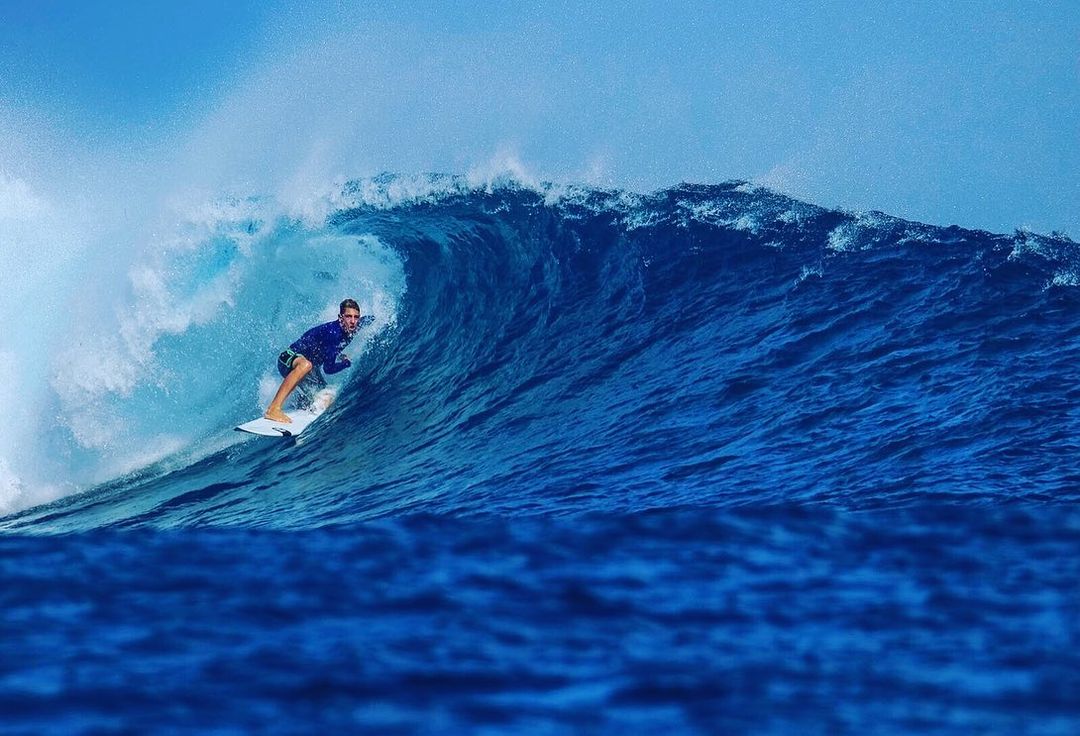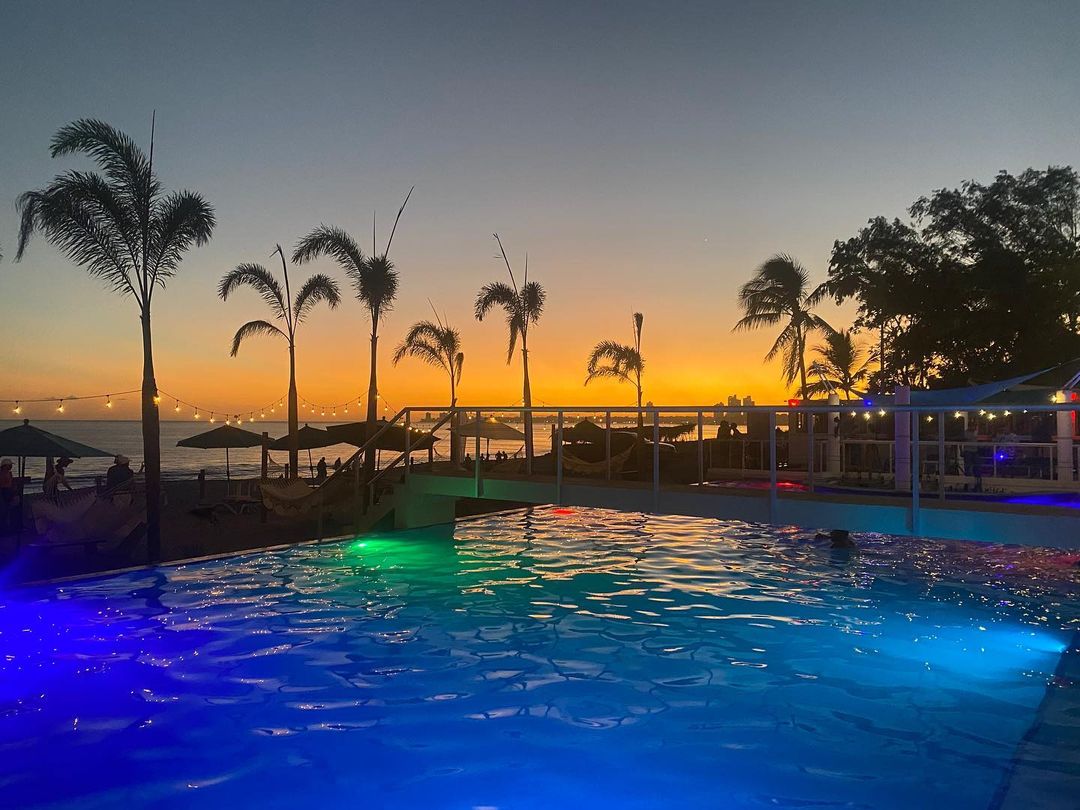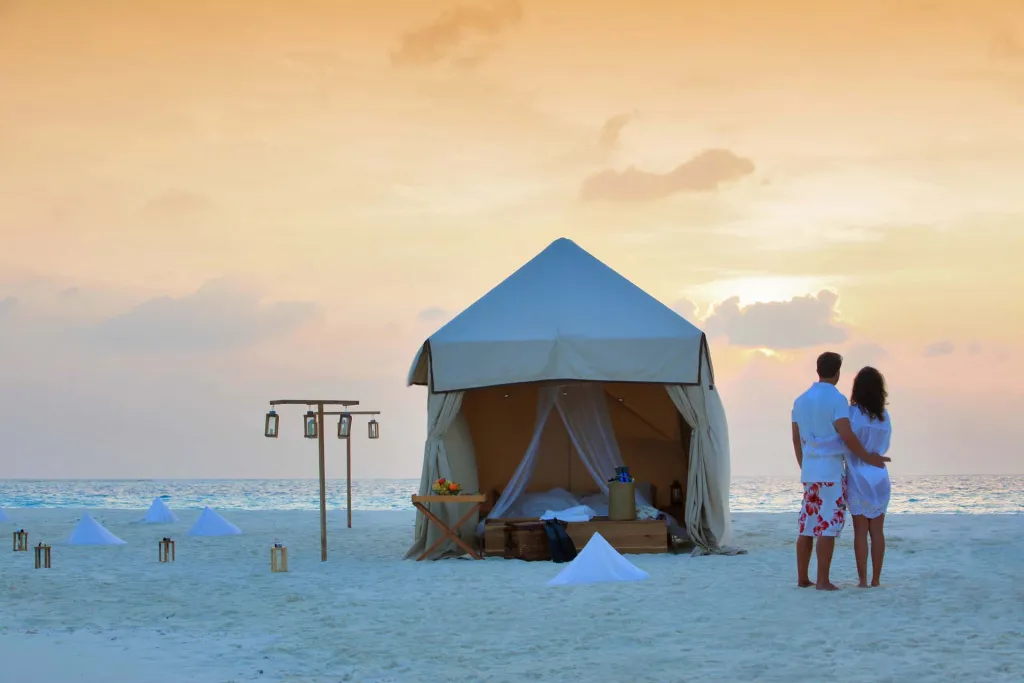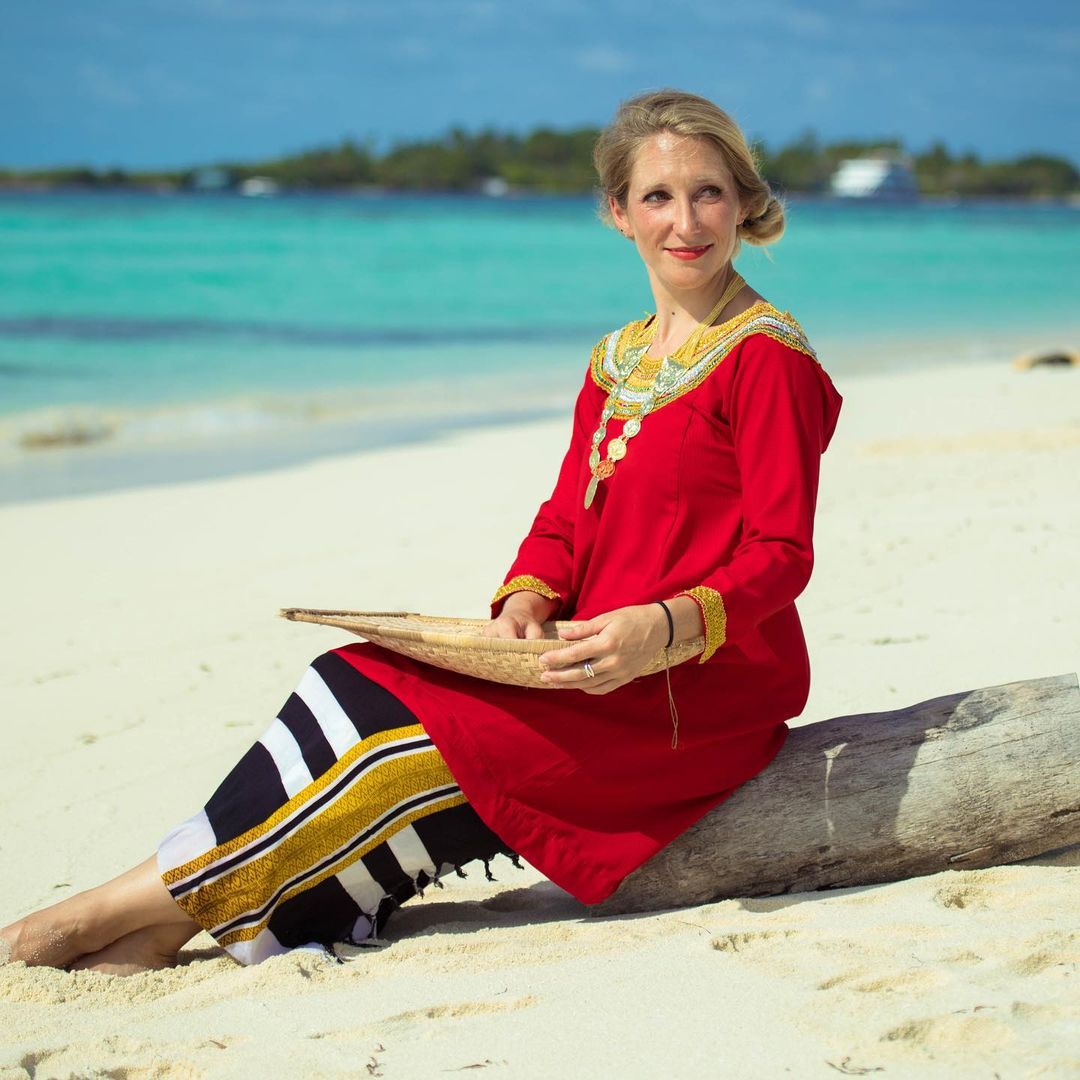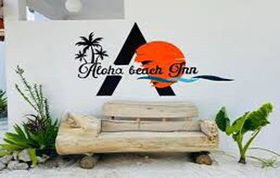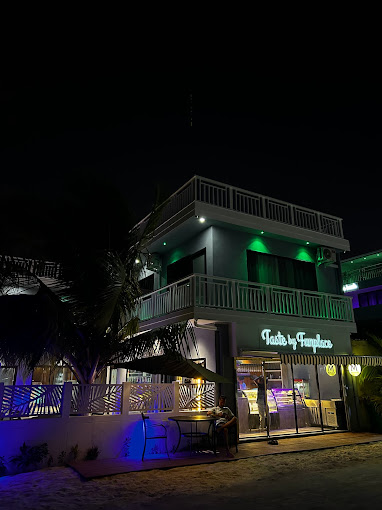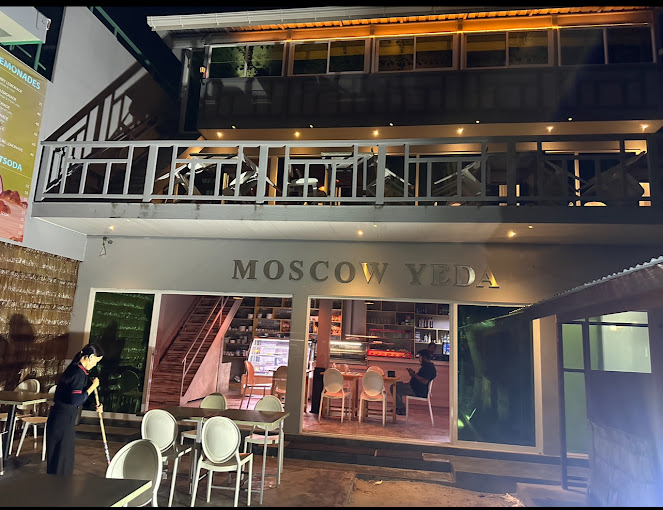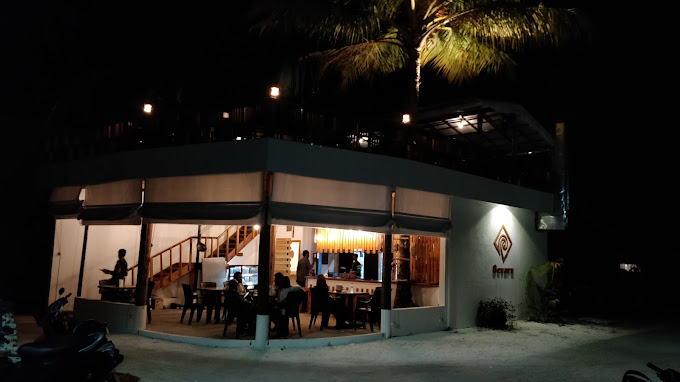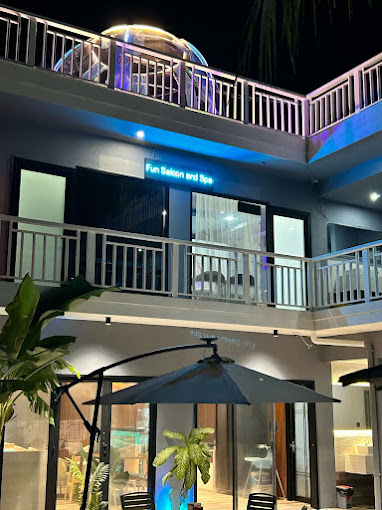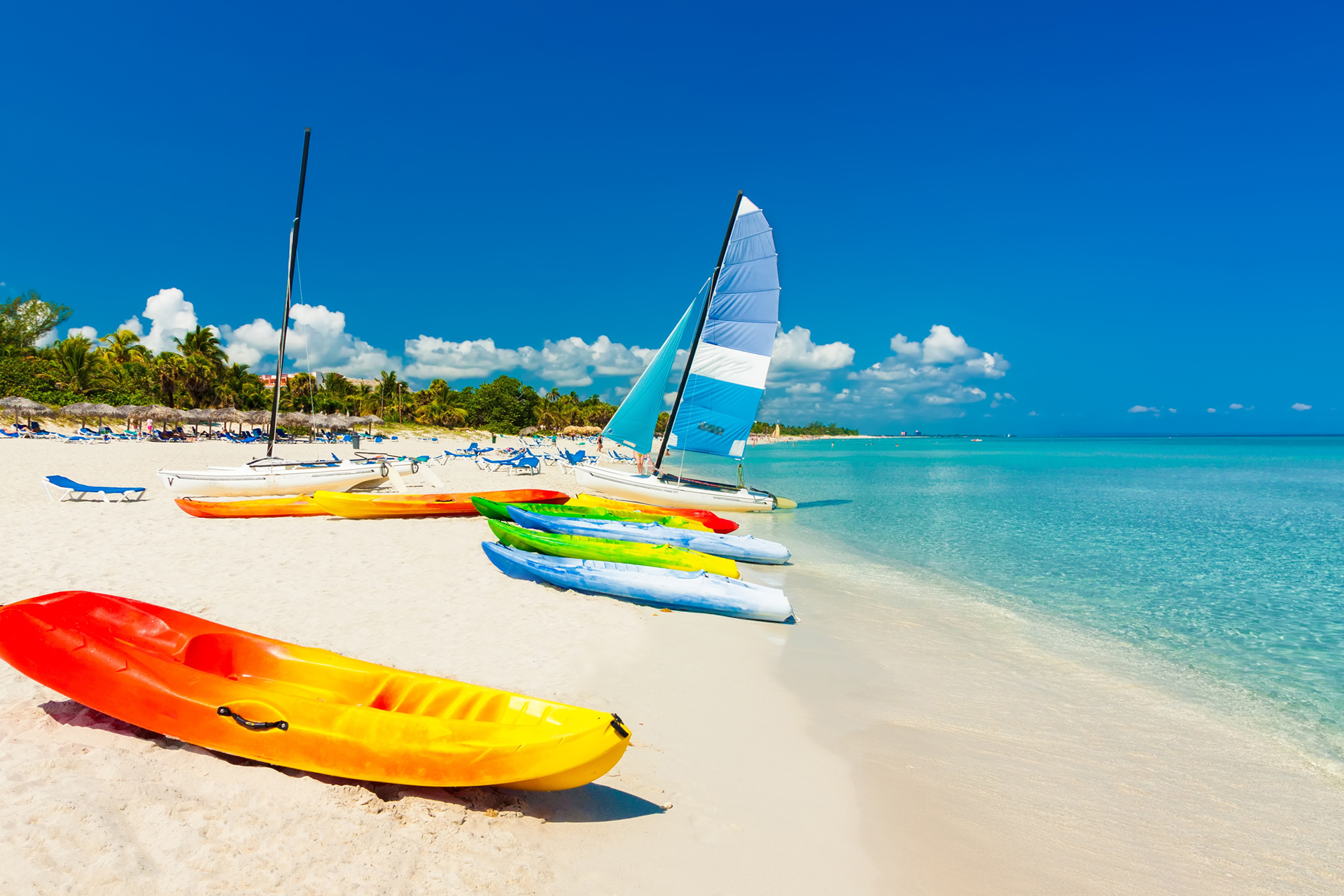
About
Himmafushi
Himmafushi is one of the Most Beautiful and most popular local islands in Maldives. A typical fishing and tourist island famous around the globe, it is part of the Kaafu Atoll.
Measuring 900m x 750m, the island is relatively compact. However, even with a little over 800 residents, it does not seem crowded during the peak tourist season.Over recent years, Himmafushi has been able to garner enough eyeballs for its excellent surf.
Being close to the capital has also led to good industrial growth across the island. One can find dhoni (boat) building yards as well as fish processing units hugging Himmafushi’s coast.
The island has one colourful street filled with a few souvenir shops selling various handmade crafts from around the Maldives. There are also general stores that provide essential items like sunscreen, snacks, water, and other necessities.
Some of the guesthouses in Himmafushi do offer money exchange facilities. Moreover, the island have banking facility ATM, also most establishments on Himmafushi accept credit cards.
Plan your trip and make your journey hassle free.

Stunning Spots
Himmafushi Guest Houses
Himmafushi Restuarants
Himmafushi Parlours


How to reach
Himmafushi
Given its proximity to Malé, Himmafushi is easy to reach. There are two main modes, scheduled/private speedboats or the local ferry. The speedboat is the fastest option and takes 20 minutes, while the ferry takes about 45 minutes. The public ferry leaves Malé at 1500hrs every day except Thursday when it leaves at 2230hrs. The boat departs from Himmafushi daily at 0800hrs every day and at 1800hrs on Thursday. Public ferries do not run on Friday. A one-way journey on this route costs $2. On the other hand, the speedboats travel three times a day from the airport and cost $10 per way. Their schedules change regularly, and tourists must pre-book speedboats. You should thus check for the latest timings closer to your date of arrival. A private speedboat costs $100 per way and can travel anytime during daylight hours. Whether private or shared, your guesthouse host can help make speedboat bookings for you in advance.
Transportation around Himmafushi
Himmafushi is small enough that even if you walk at a snail’s pace, it will take less than an hour to cover the entire island. Ambling around the island’s tiny lanes is also a fantastic opportunity to explore local life from close quarters. For those, who don’t fancy a stroll, most guesthouses offer bicycles for hire to their guests. The price of renting a bike for a day is usually around $5.

Geography
Maldives
The Maldives is a nation of islands in the Indian Ocean, that spans across the equator. The country is comprised of 1192 islands that stretch along a length of 871 kilometers. While the country covers an area of approximately 90,000 square kilometers, only 298 square kilometers of that is dry land. The islands are grouped into a double chain of 26 atolls. The country’s unique geography mesmerizes the visitor. Reefs that offer bands of color, tiny jewel-like islands rimmed with the whitest of soft sand surrounded by the clearest shallow waters that one can imagine. Only 200 of the islands are inhabited, and a select few on each of the atolls are resorts and some of the islands are used for industry and agriculture. The beauty of the Maldives is not only above the water. The Maldives is home to about five percent of the planet’s reefs that comes with an explosion of color contributed by soft and hard corals that form them. The reefs are home to a thousand species of fish. Lured by the rich nutrients that flow in with the currents, large pelagic fishes such as manta rays and whale sharks also make the Maldives their home.
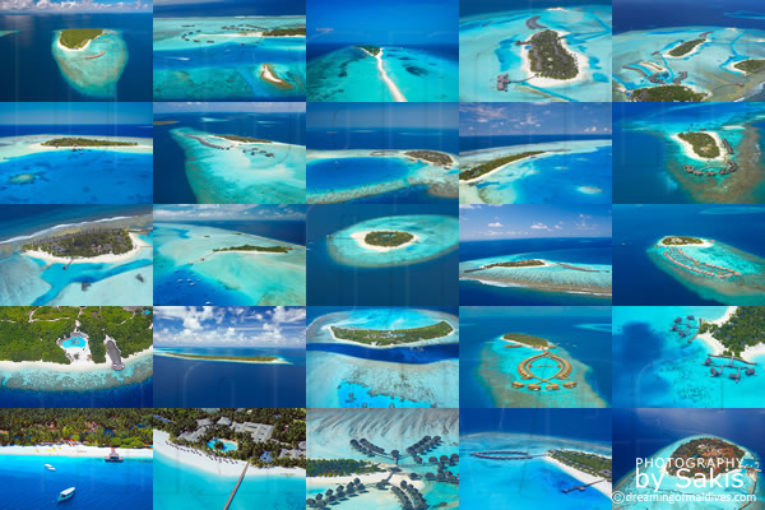


PEOPLE
Maldives
While very little is known about the ancient history of the Maldives scholars and historians believe that the Maldives is an old nation populated well over 2500 years ago. The Maldivian race is the result of several waves of settlement from various parts of the Indian subcontinent and thousands of years of interactions of people of different races and ethnicities that crisscrossed the Indian Ocean over several centuries. The country’s culture and traditions and the diverse physical traits of the people bear witness to the fact that the country was, due to its geographical location, a melting pot of people and cultures. The Maldivian language is Dhivehi, an Indo-Aryan language with its origins in Sanskrit. The most recent census in 2014 enumerated the population at 407,660 people. A third of the population lives in Male’, while the rest live in 200 island scattered across the length of the country. The livelihood of Maldivians traditionally depended on the seas, fishery being the main source of sustenance. While fishery still contributes significantly to the economy in terms of employment and income, tourism is the main source of income for the Maldivian economy today.

CULTURE
Maldives
Although home to just over half a million people the Maldives has its own unique culture and traditions. While heavily influenced by various cultures around the rim of the Indian Ocean, the Maldivian culture, craft and traditions have been shaped by the island environment and the seas that surround us. Dhivehi is the language of the Maldivian people. Our current script, Thaana is unique and was developed from Arabic numerals around the 16th century. Maldivians are master boat builders. The traditional Maldivian boat, dhoni has been shaped over centuries, resulting in a craft that perfectly suits the various conditions of the seas. The traditional cuisine is heavily based on fish and coconut, with several dishes that have no parallels anywhere in the region. Our music and dance display strong influences of East Africa, Arabia and the Indian subcontinent. There is a rich tradition of Maldivian crafts; lacquered wooden ornaments, finely woven reed mats, and coral carvings are crafts that have been passed down through several generations. .


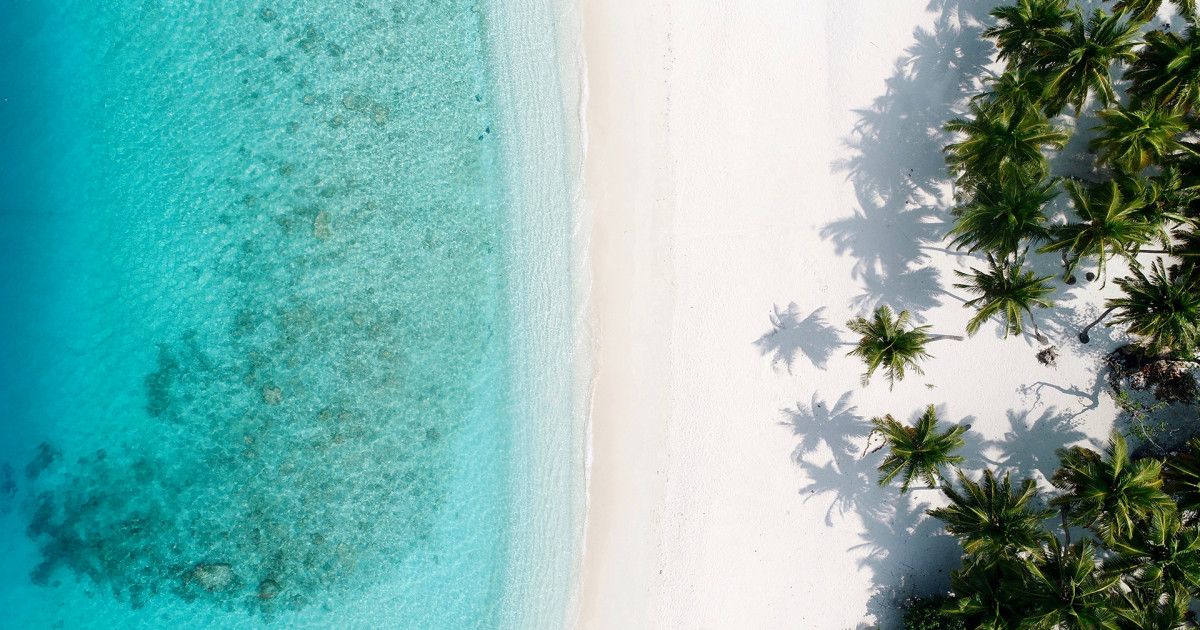
THE ENVIRONMENT
Maldives
The Maldives has one of the most delicate environments anywhere on the planet. Coral reefs are the foundation of the islands. They offer protection to the tiny islands as its natural defense system, and the country’s economy depends heavily on the health of its reefs and ecosystems. Several conservation efforts are underway to protect the valuable marine environment of Maldives. While several marine species and birds are protected by law, protected areas have been designated to ensure the conservation of specific ecosystems and the rich biodiversity of the country. This includes designated nature reserves in islands of various atolls to protect wetlands and mangroves and the protection of marine areas and the designation of biosphere reserves that covers coral reefs, islands, sea grass beds and mangroves. Several resorts too conduct their own programs. While some programs conducted by resorts focus on the protection and rehabilitation of sea turtles, others are engaged in cutting edge research on regeneration of coral reefs. Several community education programs are also conducted by resorts for school children and the community at large. Non-governmental organizations also play an important role through their voluntary programs and conduct regular beach and reef clean up programs. Visitors to Maldives are advised to carry back their own non-biodegradable waste and to take care not to stand on, touch or remove coral structures while snorkeling or diving..

CONNECTIVITY
Maldives
The Maldives is well connected with the rest of the world. Several flights from Europe, Middle East and South East Asia operate to Velana International Airport, the main gateway to the Maldives. The highest international traffic is from Colombo, Sri Lanka, various Indian cities and Dubai, while several scheduled and charter flights bring in passengers from all major European capitals, and South East Asian cities. Once in the Maldives you can travel to any of the twelve domestic and international airports to which several daily flights are operated. Scheduled ferry services also operate from Male’ to most of the atolls. If you are travelling to a resort, your transfer will most likely be prearranged at the time of booking your accommodation. Transfers to resorts around the airport are by speedboat and transfers to resorts and islands further afield are by seaplane.
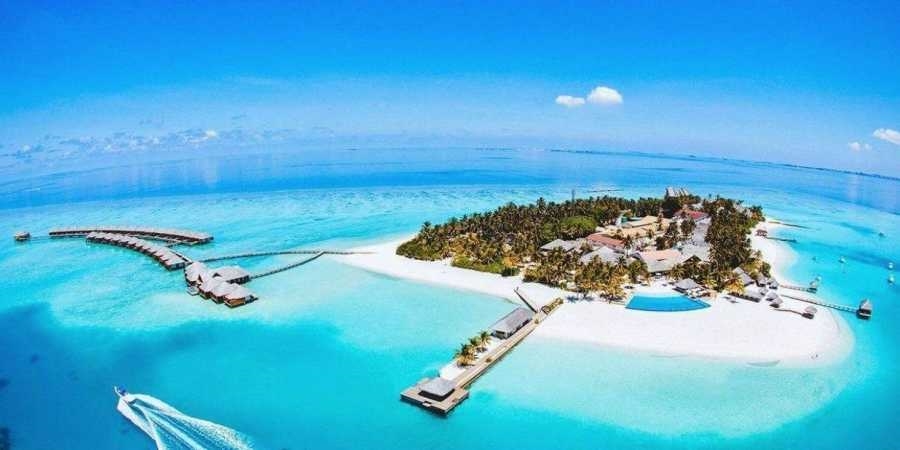

TRAVEL INFORMATION
Maldives
TIME 5 hours ahead of GMT
INTERNATIONAL TELEPHONE CODE +960
ELECTRICITY 240 volts
MOBILE SERVICES Prepaid SIM cards are available from two mobile service providers at the airport. The SIM cards can be used for local and international call and for data.
CURRENCY The Maldivian Rufiyaa (MVR) is the local currency. All major credit cards are accepted in the country.
CLOTHING Cotton clothes suits well with the hot tropical climate of the Maldives. Tourist are expected to respect local culture and dress modestly when visiting or staying on inhabited islands. Sandals are ideal, as you may often want to slip them off and go barefoot.
MEDICAL SERVICES The main public hospital Indira Gandhi Memorial Hospital (IGMH) and private hospitals ADK and Treetop are located in Male’. Each Atoll has at least one hospital and most resorts have their own clinics and in-house doctors.
VISA All nationalities receive a 30-day visa on arrival, provided that you have a valid passport, an onward to ticket to continue your journey and a reservation at a tourist facility or enough funds to cover your stay in the country.
TAXES A Tourism Goods and Service Tax (TGST) of 12% is levied on all goods and services at tourist establishments. A Green Tax of US$ 6.00 per person per day is payable for guests staying at tourist accommodation except guest houses where the Green Tax is US$ 3.00 per person per day.
TRAVEL AND TRANSFER Speedboat transfer is the norm to resorts close to the International Airport. The rest is covered by seaplane or domestic flight. If you are travelling to Male’ you can take a taxi from the airport. Several daily flights operate from Velana International Airport to the 12 domestic and international airports in the country. Scheduled ferries also operate from Male’ to many of the atolls.
ALCOHOL Import of alcohol by individuals is not permitted. However, alcohol is available at all the resorts.
WEATHER Year-round temperature hot tropical climate. The average high temperature is 31.5 degree Celsius and the average low temperature is 26.4 degree Celsius. The Southwest monsoon from May to October brings rain and the Northeast monsoon from November to April is generally sunny.







